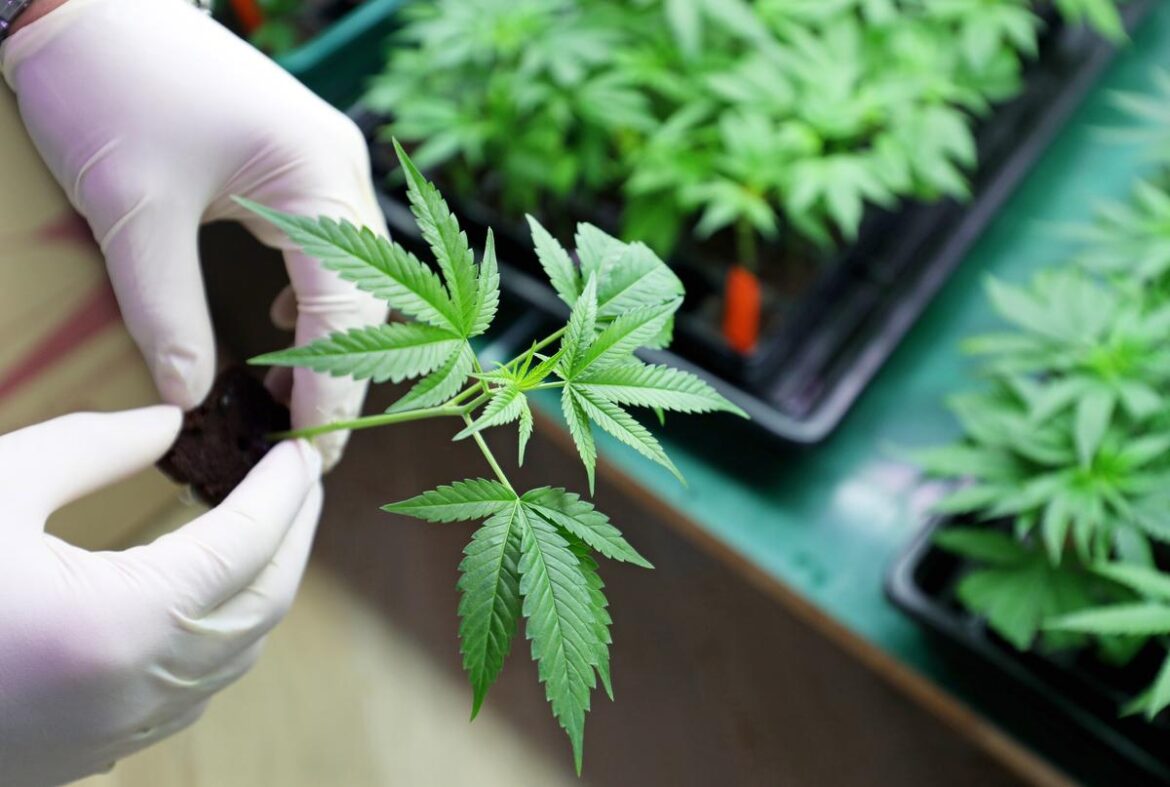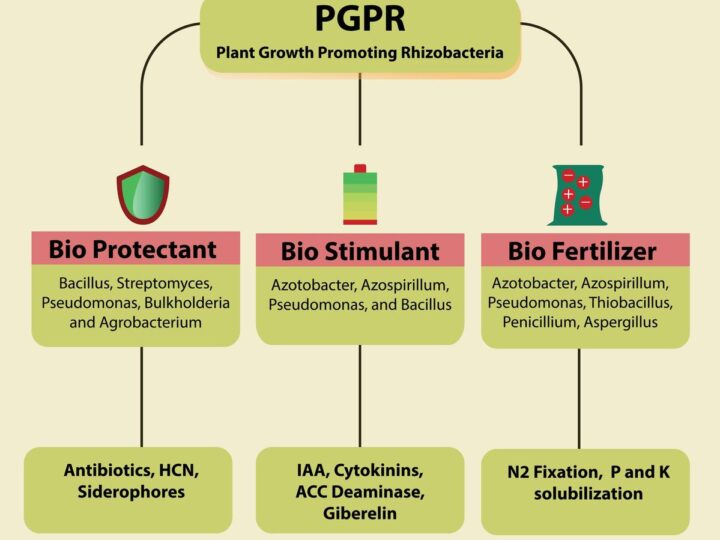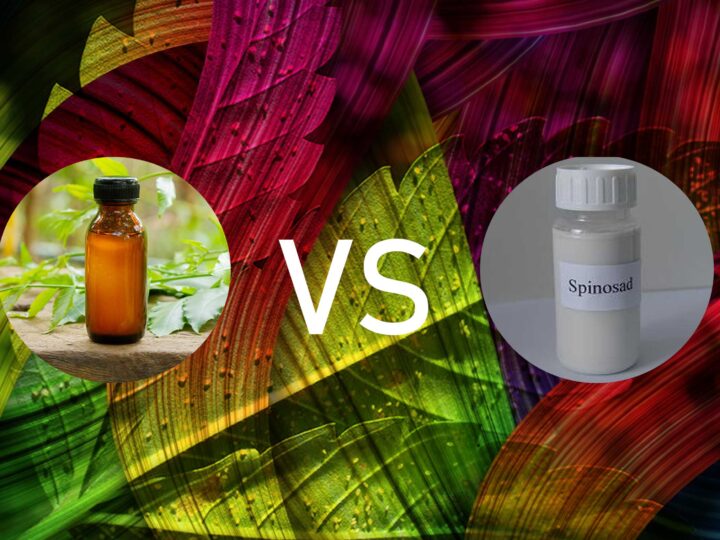
Cannabis Genetics: Decoding F1, F2, S1, and S2 Breeding Terms
Cannabis cultivation and breeding have, over the years, evolved into a sophisticated practice that balances art with science. One of the most crucial aspects of this evolution is understanding cannabis genetics. As breeders strive to improve strains or develop new ones, they use terms like F1, F2, S1, and S2 to categorize and describe their genetic experiments. But what do these terms mean? Let’s delve into the world of cannabis genetics.
1. F1 (Filial 1) Hybrids:
- Definition: F1 stands for the first filial generation, which is the first generation produced from a cross of two parent strains, typically referred to as P1 (Parent 1) and P2 (Parent 2).
- Characteristics: F1 hybrids are usually very consistent and exhibit a phenomenon called “hybrid vigor”. This means they often grow more vigorously and can produce higher yields than either of their parent strains. They also tend to be healthier and more resistant to diseases.
2. F2 (Filial 2) Hybrids:
- Definition: F2 hybrids result from the crossbreeding of two F1 plants.
- Characteristics: F2 plants present more genetic variation than F1 hybrids. This is because they combine a broader range of genetics from the original parent plants. In F2 populations, breeders often notice a greater expression of recessive traits, leading to a broader range of plant phenotypes. For those seeking to stabilize a particular trait or develop a new strain, breeding at the F2 stage requires keen observation and selection.
3. S1 (Selfed 1) Generations:
- Definition: S1 refers to the plants produced when a cannabis plant is self-pollinated. This process involves taking a female plant and inducing it (usually using methods like colloidal silver application) to produce male pollen, which then fertilizes its own female flowers.
- Characteristics: S1 generations are essentially a form of cloning but through seeds. The resulting plants are genetically very similar to the original female, but some minor variations can occur due to the nature of genetics and recessive traits. This method is often used to preserve specific phenotypes of a strain or to produce feminized seeds.
4. S2 (Selfed 2) Generations:
- Definition: S2 plants result from self-pollinating an S1 plant.
- Characteristics: Similar to the progression from F1 to F2, as you move from S1 to S2, you’ll observe increased genetic variation. However, since the S1 plant was already quite genetically consistent (having been selfed from an original mother), the S2 generation still remains fairly close to the original parent, though with slightly more genetic diversity.
The Importance of These Genetic Categories:
Understanding these genetic categories is vital for both breeders and consumers. For breeders, they provide a roadmap to stabilizing certain desired traits in cannabis strains, like potency, aroma, resistance to pests, or growth patterns. For consumers, these terms offer insights into the lineage of their chosen strains, hinting at quality, consistency, and the experience they might expect.
In summary, the world of cannabis genetics is a vast and fascinating realm. By mastering the distinctions between F1, F2, S1, and S2 genetics, one can appreciate the intricate processes behind the development of their favorite strains and the limitless potential that genetics holds for the future of cannabis.





